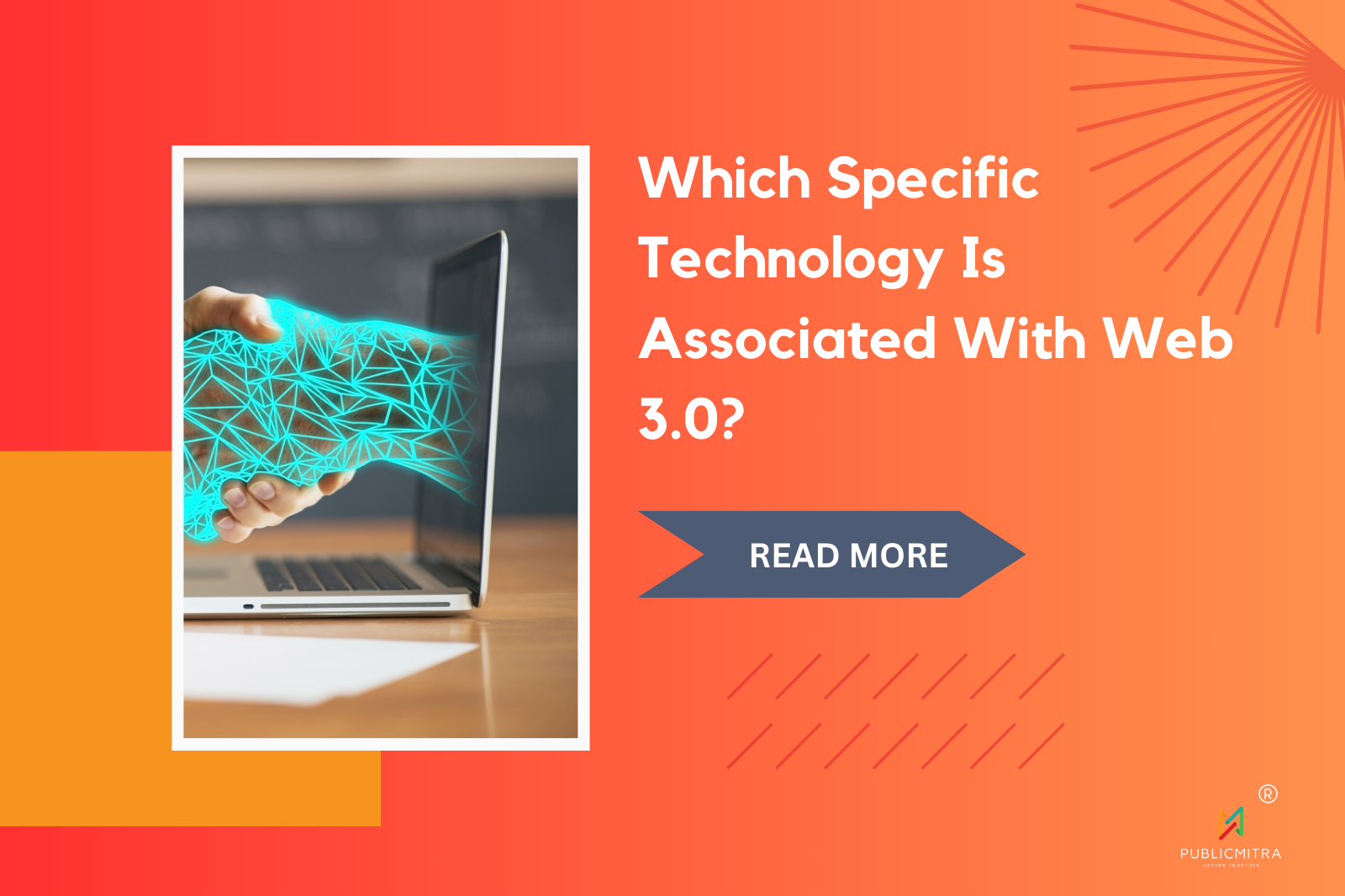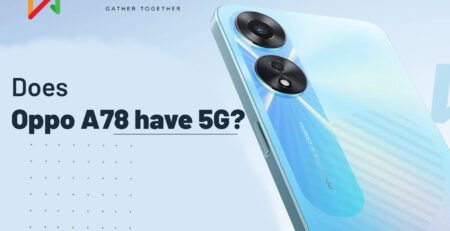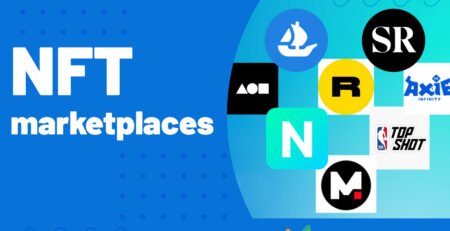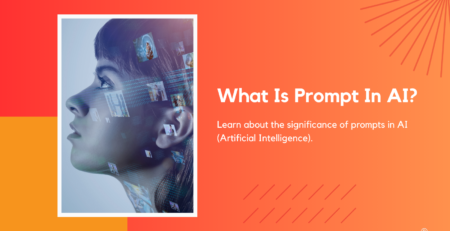Which Specific Technology Is Associated With Web 3.0?
The next phase of the internet is here.
It’s a paradigm shift that brings together blockchain technology, artificial intelligence (AI), and decentralized data protection to revolutionize how we experience the digital world.
A Brief History of Web
Ever since the first website was created by “name of the guy”, with the intention of sharing easy access to the universe of documents, the world was about to enter a new realm. This is known as the information era. A time when access to information is not restricted anymore. With the advent of the World Wide Web, the world morphed itself into the digital age that we live in today.
The introduction of the World Wide Web quickly found use cases everywhere else. People realized that information can now be shared via the internet. Even though this technology was meant for scientists to exchange information databases more easily between themselves, the same could be generalized for any form of information globally. The network architecture remained the same and could be scaled universally. Thus giving rise to the internet as we know it.
The first iteration of the internet is rightfully known as Web 1.0. Why is that the case? The fact is, even though all the information available in the world could now be digitized and made accessible via any server in the world, there wasn’t much one could do with it. There was no way to interact with it. You couldn’t change it in any way or form.
Web Evolution
Once computers started being relevant in the public domain, access to information played a major role in people’s lives. Lots of changes in terms of how certain things were always being done, could be witnessed. For instance, people thought of more and more use cases on how the Web could be used to make lives of the people better connected. Somebody registered the domain x.com and envisioned providing banking services. Essentially it makes use of the internet to transfer information pertaining to money transfer and updating the registry in the banking servers. Somebody else put radio over the internet and streamed live sporting events. Over time, with advancements in web tech, most of the normal societal operations could be digitized. Digital shops were envisioned, where people could virtually engage in the entire shopping experience.
This was the beginning of Web 2.0.
Normalization of using virtual mode to perform real activities that were essential for the functioning of societal life.
This included the way people stayed in touch with their loved ones. The way we communicated with one another. The sheer fabric of society was altered. Not to mention this was the biggest paradigm shift on a civilizational scale ever witnessed after the transformational industrial age that was witnessed half a century prior.
Embracing Decentralization
Although humanity benefitted immensely from Web 2.0, more than the general public, private and government institutions channeled the technology into gaining deep-rooted access to the whereabouts and personal information of the general population. There has been a multitude of data crimes that the biggest tech companies in the world are part of, constantly battling out in courts all around the world.
If you rationally think about how this could happen? The answer would be the one who creates the legislature around technology and the ones who are supposed to comply are the ones who dictate the means and method of technology.
No matter which country you are a part of in the world, it is evident that there’s a system in place to protect the rights of the population. But still, the fact is, those systems have not been foolproof. The Government and Private partnerships have their own agendas. Agendas the general population generally do not have much of a say in it.
Here’s where decentralization comes into play.
As an ideology, decentralization in the internet age is supposed to mean that, the node network that makes up the internet is supposed to act as an entity in its own right. Every creator and consumer of information via the internet, should not have to abide by any entity as all the information of the world as a collective cannot be “owned” by any government or organization alike.
But how is this implementable?
Read on to understand how to implement this ideology into Web-Tech. How this would affect the internet as we know it? And the current state of this technology worldwide!
Web-Tech 3.0
At the core of Web 3.0 lies decentralization. Unlike its predecessors, where power and data were often centralized in the hands of a few tech giants, Web 3.0 flips the script. It’s a digital realm where control is distributed among its users, rather than being concentrated within a select group. This redistribution of power is facilitated by blockchain technology.
Blockchain’s Role
Blockchain, the bedrock of Web 3.0, is a decentralized ledger that records transactions across a network of computers. It’s immutable, transparent, and secure. Instead of relying on a central authority, blockchain relies on a distributed network of nodes, making it resistant to tampering and fraud.
But why is blockchain so vital in Web 3.0? It ensures trust in a trustless environment. Every piece of information or transaction is securely recorded, and once it’s on the blockchain, it’s there for good. This transparency and immutability are the building blocks of the decentralized web.
Personalized Experiences
In Web 3.0, AI algorithms analyze vast amounts of data to understand user preferences and behavior. This enables platforms to serve up content and experiences tailored specifically to you. It’s like having a personal digital assistant who understands you on a very basic level, thus, making your online journey more enjoyable.
Decentralized Data Protection
In the traditional internet, your data often resided on centralized servers, vulnerable to breaches and misuse. Web 3.0 changes the game entirely by allowing users to control their data. It’s no longer about trusting big corporations with your information; it’s about you holding the keys to your digital identity.
Components of Web 3.0
Web 3.0 is not a monolithic entity; instead, it’s a cumulation of various innovative technologies and concepts:
1. Convergence of AI and 3D Graphics:
Web 3.0 seamlessly integrates AI and 3D graphics, creating an environment where virtual and real worlds coexist. Imagine a web experience where AI avatars guide you through immersive 3D environments, blurring the line between reality and the digital realm.
2. Peer-to-Peer Networks:
Traditional client-server models are giving way to peer-to-peer networks in Web 3.0. This means that data and applications are distributed across a network of interconnected devices, reducing reliance on central servers and enhancing data security.
3. NFTs – Unique Digital Assets:
Non-fungible tokens (NFTs), a distinctive facet of Web 3.0, provide ownership and provenance of digital assets. Unlike cryptocurrencies, NFTs represent unique items, from digital art to virtual real estate. They’re poised to revolutionize content ownership and creators’ rights.
4. Edge Computing:
Web 3.0 harnesses the power of edge computing, bringing data processing closer to users. This reduces latency, improves responsiveness, and enables applications that were previously unthinkable.
The Future of Web 3.0
As Web 3.0 continues to evolve, it’s clear that it’s not just a technological shift; it’s a societal one. It’s about putting power back into the hands of individuals, ensuring data security and privacy, and fostering innovation in ways we can’t even fully anticipate yet.
With this transformation comes a growing demand for security experts and blockchain developers. As more businesses and individuals embrace the possibilities of Web 3.0, the need for skilled professionals who can navigate this new landscape becomes crucial.
In conclusion, Web 3.0 is a vision of the internet that’s decentralized, personalized, and secure. It’s a world where you control your digital destiny, and innovation knows no bounds. As we journey deeper into this exciting digital frontier, one thing is certain: the future of the internet has never looked more promising.












